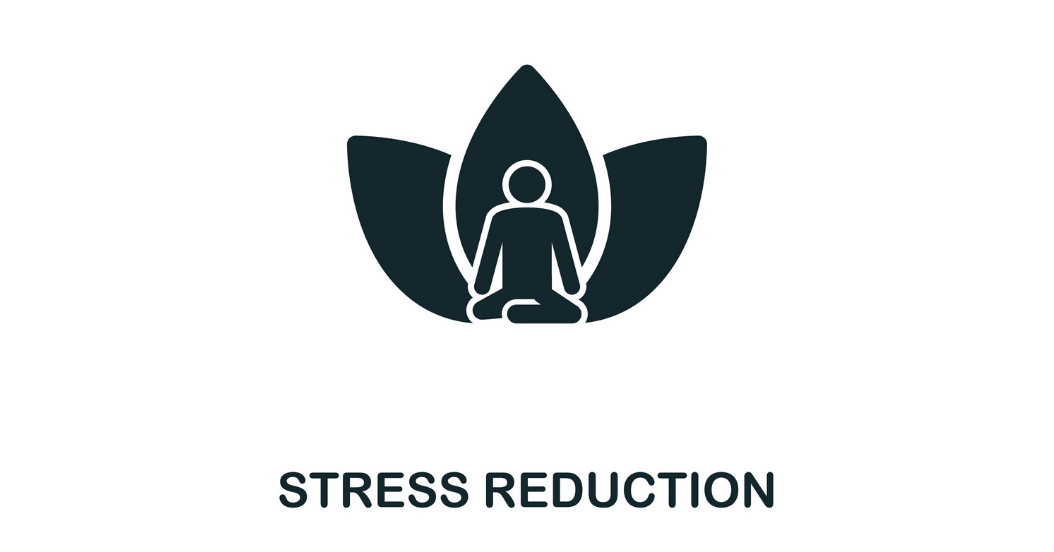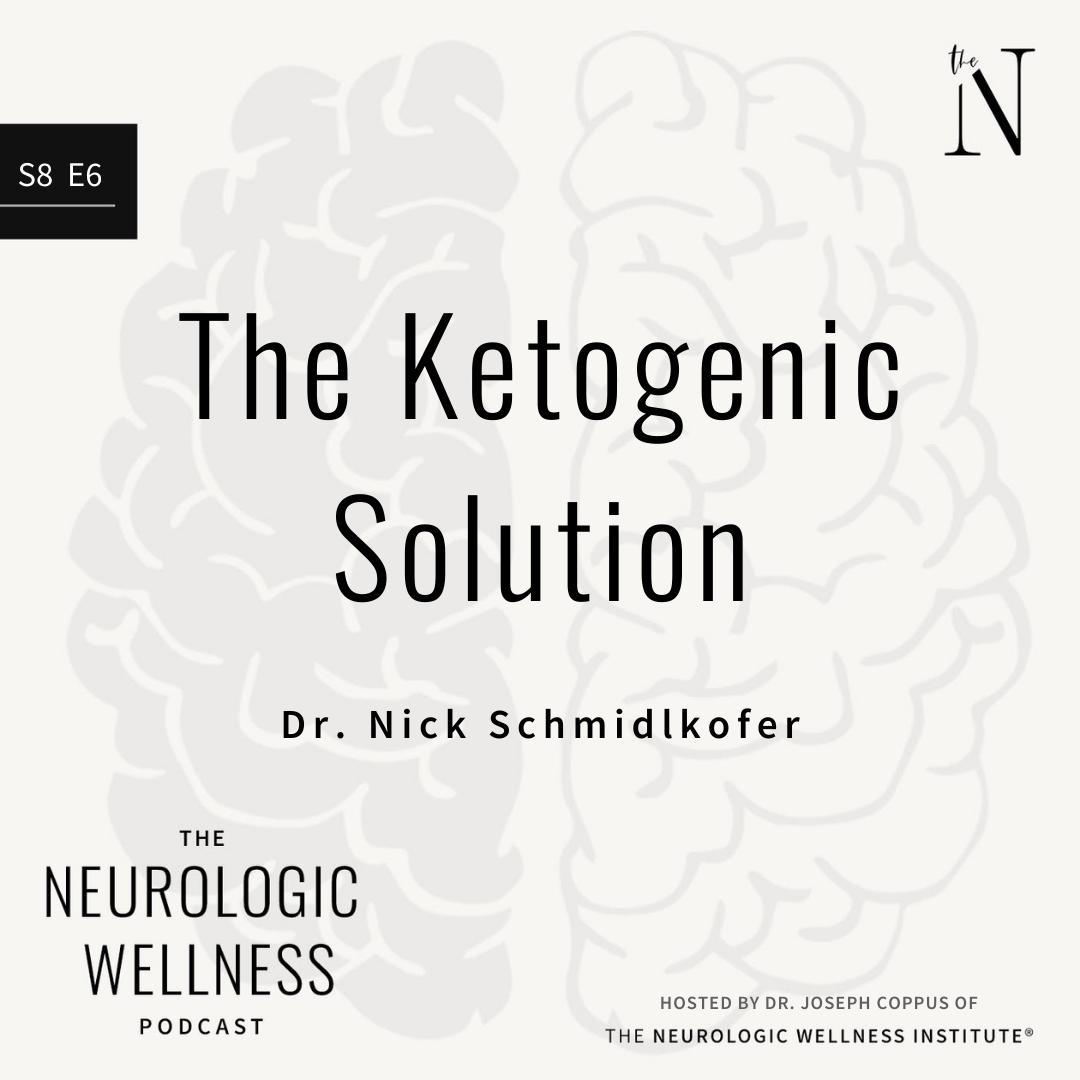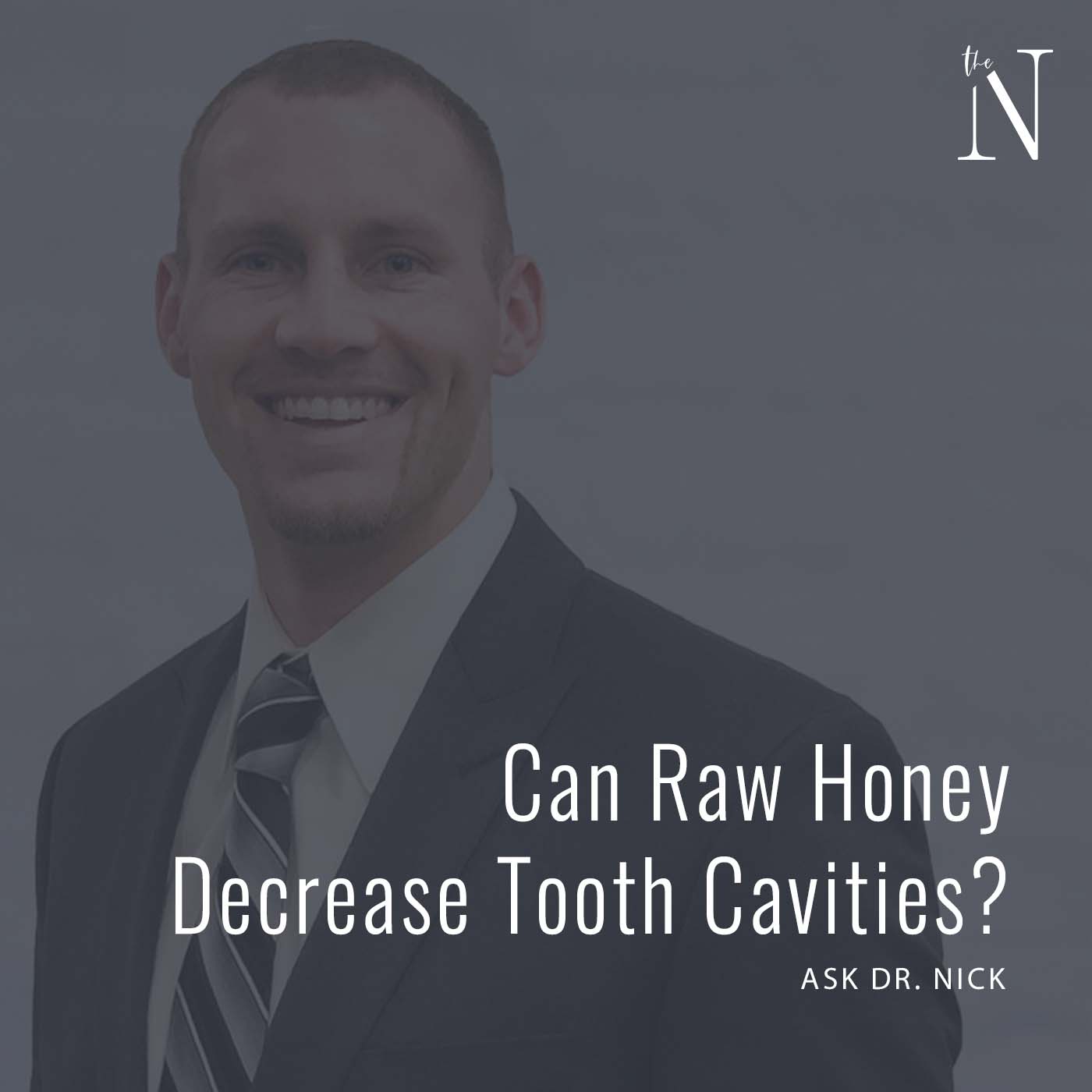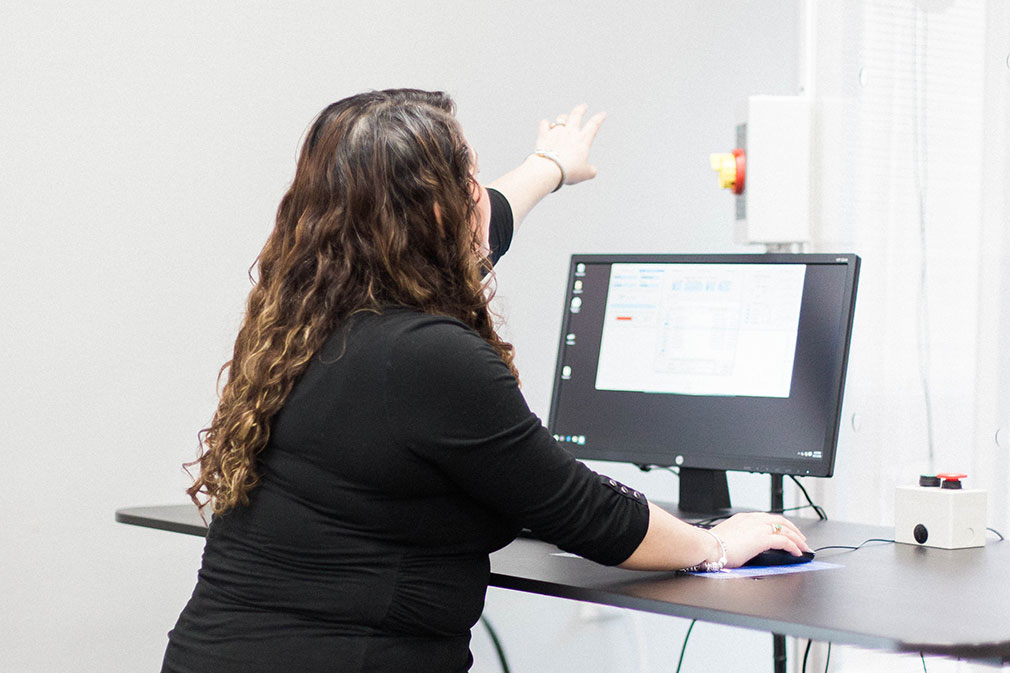With the COVID-19 pandemic all around us, there is a serious concern that mood disorders will exponentially increase across the globe. Mood disorders are currently reported in up to 1 in 3 individuals in the United States. While social isolation has been recommended to reduce the spread of COVID-19, social isolation is also directly associated with depression, anxiety, and substance abuse. So what can you do while social distancing to help with your mental health?
Mindfulness Training
Mindfulness training is being used more frequently to help with mood disorders. Mindfulness training holds promise for treating mood disorders partly because it may lead to changes in the brain by improving connections in the brain, as well as increasing thickness of certain brain regions. These brain changes have been associated with improved regulation of stress, emotions, and focus/attention. The evidence indicates that when people pay attention to the present moment, they use a different set of brain pathways then when they engage in narrative self-reference to think about experiences over time. Mindfulness-Based Cognitive Therapy encourages people with mood disorders to pay attention to sensations and feelings rather than evaluative thoughts. That in turn exercises and strengthens specific pathways.
For mindfulness training, many of our patients have found these as helpful resources:
-Headspace (website/app)
-Stop, Breath, & Think (app)
-Insight Timer (app)
-The Omega Institute (youtube)
-Omvana (website/app)
-5 Minute Journal (app)
-Zencast (podcast)
-Meditation Oasis (podcast)
-The power of now by Eckhart Tolle (book)
-10 Percent Happier by Dan Harris (book)
-Heartmath Inner Balance Sensor (Heart Rate Variability device)
Breathing Exercises
Breathing exercises have been used for centuries to help improve stress and mental health disorders. Research has shown breathing techniques can improve stress, anxiety, depression, PTSD, ADHD, OCD, and schizophrenia. Breathing practices have also been shown to help with dizziness, emotional regulation, and hormone function. Specific breathing exercises have been shown to activate all major brain regions involved with emotional regulation, cognitive function, attention/focus, perception, subjective awareness, and decision making.
Common breathing techniques include:
Paced Breathing: Requires controlling the respiratory rate and the relative length of 4 phases of the breath cycle.
Coherent/Resonance Breathing: The length of inhalation and exhalation are equal with only a slight pause between. Other forms use counts, for example, 4 counts in, 4 counts breath hold, 6 counts out, and 2 counts breath hold.
Resistance Breathing: Creates partial obstruction to airflow using laryngeal contracture, vocal cords, pursed lips, or other means, which produces sounds and vibrations
Unilateral or Alternate Nostril Breathing: Involves closing one nostril such that all air flows through the other.
Moving The Breath: Engages the imagination to move one’s breath through different parts of the body.
Breathing With Movement: Coordinates paced breathing with physical movements.
Binaural Beats
Sounds and music have also been associated with healing for thousands of years. In fact, it has been found that chanting “Om” stimulates the vagus nerve which can produce health benefits through this “parasympathetic” pathway. Sound stimulates numerous areas in the brain through multiple pathways. A specific form a sound therapy, called binaural beats, has been researched in relation to its impact on regulation over cognition, emotion, mood, and pain.
A monaural beat is when the same frequency of sound is played in both ears simultaneously. Binaural beats, however, use two close-by not identical frequencies of sound, one frequency in one ear, and the other frequency in the other ear (must where headphones). For example, if the left ear registers a tone at 200 Hz and the right ear registers one at 210 Hz, the binaural beat is 10 Hz — the difference between the two frequencies.
Binaural beats stimulate the brain in a unique way compared to monaural beats and has been shown to have health benefits relating to improvement of cognition, emotional regulation, pain control, and mood. Binaural beats are frequently used by our patients to assist with anxiety, reduce stress, improve sleep, reduce pain, improve memory, and improve attention/focus. Many factors, including the frequency of sound used, may determine the specific impact binaural beats has on the brain.
Binaural beats aim to stimulate your brain at a certain frequency/speed to have a functional consequence in your life. Many binaural beats songs will tell you the brain wave pattern they are attempting to stimulate in your brain. For example:
-Delta pattern: Binaural beats in the delta pattern operate at a frequency of 0.5–4 Hz with links to a dreamless sleep. In the study, people who received a delta pattern frequency during sleep entered a deeper stage of sleep, according to electroencephalogram (EEG) brain scan results.
-Theta pattern: Practitioners set binaural beats in the theta pattern to a frequency of 4–7 Hz. Theta patterns contribute to improved meditation, creativity, and sleep in the rapid eye movement (REM) phase.
-Alpha pattern: Binaural beats in the alpha pattern are at a frequency of 7–13 Hz and may encourage relaxation.
-Beta pattern: Binaural beats in the beta pattern are at a frequency of 13–30 Hz. This frequency range may help promote concentration and alertness. However, it can also increase anxiety at the higher end of the range.
-Gamma pattern: This frequency pattern accounts for a range of 30–50 Hz. The study authors suggest that these frequencies promote maintenance of arousal while a person is awake.
Physical Exercise
Regular physical activity has been shown to definitively improve mood disorders. Exercise is often the first step in lifestyle modifications for the prevention and management of chronic diseases. Regular exercise has been shown to decrease death by up to 30% due to improvement in lifestyle related health conditions. These health benefits are seen consistently across all age groups and racial/ethnic categories. The Centers for Disease Control and Prevention currently recommends 30 min of moderate- to high-intensity exercise for at least 5 days a week for all healthy individuals. Physical exercise improves mental health through numerous mechanisms, such as the creation of new brain cells, improvement in brain connections, increased endogenous opioids (improve mood and reduce pain), improvement in neurotransmitter function, and improvement in stress regulation. Although all the gyms are currently closed, there are more at-home workouts on the internet/social media now than ever before.
Nature Walks
For those who can, walking in nature can be a great way to lower stress and improve your mood. Research has shown that spending 20-30 minutes a day for 8 weeks can significantly lower the stress hormones in your body, with greater benefits if you spend longer than 30 minutes. Research suggests prescribing 20-30 minutes a day of nature walks for people with chronic stress and mood disorders, just as you would prescribe a pill.
Light Therapy
Sunlight has been known to impact people’s mood, so much so there is a disorder called seasonal depression or seasonal affective disorder. It is thought that sunlight regulates neurotransmitters such as serotonin, possibly through an increase in vitamin D, which is how it influences mood. In fact, amount of exposure to sunlight has been shown to positively influence bipolar disorder. Although natural sunlight is the optimal source, research has shown that certain full-spectrum light therapy devices can be used indoors and improve mood disorders. Supplementation of vitamin D can also be an alternative. Having your vitamin D blood levels checked may be a good idea as well.
References
-Auditory beat stimulation and its effects on cognition and mood states. Front Psychiatry. 2015.
-Breathing practices for treatment of psychiatric and stress-related medical conditions. Psychiatry Clin North Am. 2013.
-Effect of sunlight and season on serotonin turnover in the brain. The Lancet. 2011.
-Effects of exercise and physical activity on anxiety. Frontiers in Psychiatry. 2013.
-Efficacy of binaural auditory beats in cognition, anxiety, and pain perception. Psychological Research. 2015.
-Light treatment of mood disorders. Dialogues Clin Neuroscience. 2003.
-Neurohemodynamic correlates of “OM” chanting. Int J Yoga. 2011.
-Relationship between sunlight and the age of onset of bipolar disorder. Journal of Affective Disorders. 2014.
-The effect of mindfulness-based therapy on anxiety and depression. J consult Clin Psychol. 2010.
-Urban nature experiences reduce stress in the context of daily life based on salivary biomarkers. Frontiers Psychology. 2019.
-Vitamin D and depression: where is all the sunshine? Issues Mental Health Nurs. 2010.






